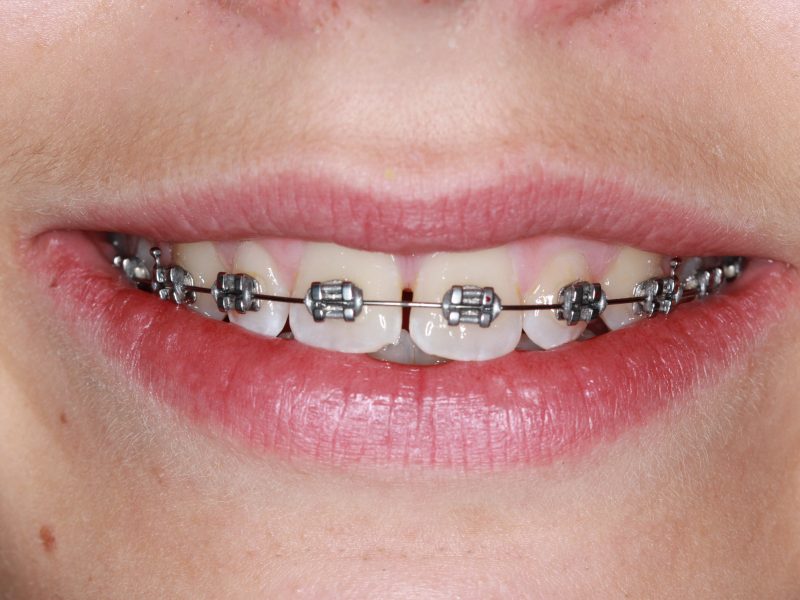Introduction: Dental Implants
The field of dental implantology has witnessed remarkable advancements in recent years, particularly concerning the biocompatibility of materials used in implant procedures. These innovations have revolutionised the way dental implants Richmond practitioners approach patient care, leading to improved outcomes and faster healing times.
Understanding Biocompatibility in Dental Implants
Biocompatibility refers to the ability of a material to perform effectively within a biological environment without causing adverse reactions. Modern dental implant procedures utilise titanium-based materials, which have demonstrated exceptional compatibility with human bone tissue.
Key Components of Implant Integration
The success of dental implants relies heavily on several crucial factors:
- Osseointegration capability
- Surface treatment technology
- Material composition
- Host tissue response
Recent Technological Advances
Advanced surface modification techniques have significantly improved implant integration rates, particularly through the development of nano-structured surfaces that better mimic natural bone architecture. These improvements have led to faster healing times and more predictable outcomes for patients seeking dental implants.
Surface Treatment Innovations
Modern surface treatments have evolved to include:
- Plasma-sprayed hydroxyapatite coatings
- Bioactive glass modifications
- Laser-modified surface texturing
- Antimicrobial surface treatments
Biological Response Optimisation
Research into cellular responses to implant surfaces has revealed significant improvements in healing mechanisms, particularly in terms of how cells attach and proliferate on modified implant surfaces. This understanding has led to the development of more sophisticated dental implants solutions that work in harmony with the body’s natural healing processes.
Enhanced Healing Protocols
The latest biocompatibility developments have enabled practitioners to implement more efficient healing protocols, including:
- Accelerated loading schedules
- Reduced healing times
- Improved primary stability
- Enhanced soft tissue integration
Impact on Patient Outcomes
The evolution of biocompatible materials has significantly improved patient experiences and treatment outcomes. Modern implant surfaces demonstrate superior resistance to bacterial colonisation, reducing the risk of post-operative complications and increasing the likelihood of a successful operation.
Benefits for Different Patient Groups
These advancements have made dental implants accessible to a broader range of patients, including those who were previously considered challenging cases:
- Patients with compromised bone density
- Individuals with controlled diabetes
- Older adults with various health considerations
- Patients requiring immediate replacement solutions
Future Developments
The field continues to evolve with promising research into new biocompatible materials and surface treatments. Scientists are exploring innovative approaches, including:
Emerging Technologies
- Growth factor incorporation
- Smart surface coatings
- Biodegradable scaffold materials
- Stem cell applications
These developments suggest that future implant technologies may offer even more sophisticated solutions for tissue integration and healing. Researchers are particularly focused on creating surfaces that can adapt to individual patient needs and promote faster, more predictable healing responses.
Clinical Implications
The practical implications of these biocompatibility breakthroughs extend beyond mere technological advancement. They have revolutionised treatment planning and execution, enabling practitioners to offer more predictable and efficient solutions to their patients.
Practice Standards
Modern implant practices now incorporate:
- Advanced diagnostic protocols
- Precise surgical planning
- Customised treatment approaches
- Enhanced monitoring systems
Conclusion
The continuous advancement in dental implant biocompatibility represents a significant milestone in modern dentistry. These developments have not only improved the predictability and success rates of implant treatments but have also enhanced the overall patient experience. As research continues and technology evolves, the future of dental implant integration looks increasingly promising, with new innovations constantly emerging to benefit both practitioners and patients alike.



